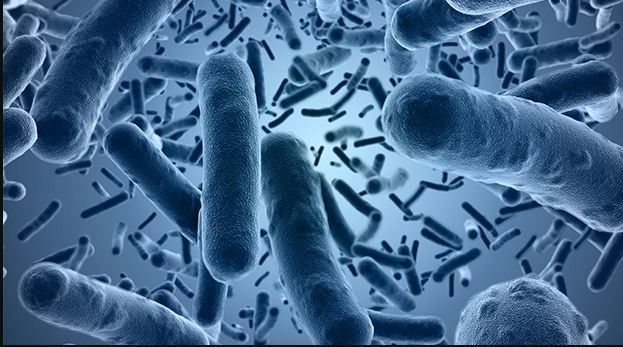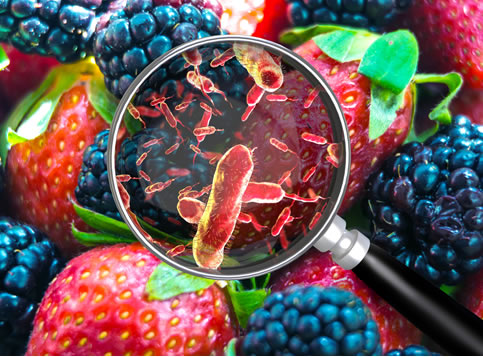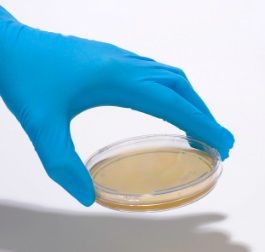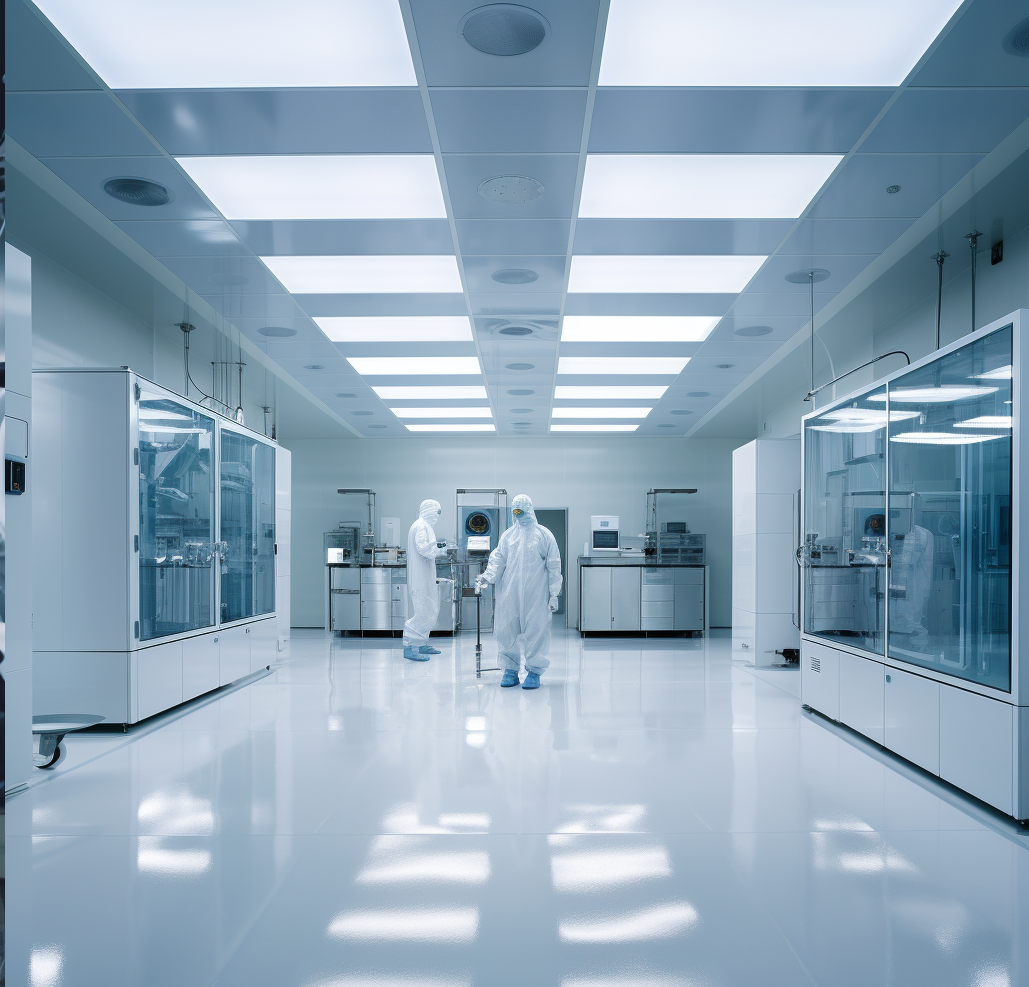






The steady rise of antibiotic-resistant organisms is one of the most preeminent public health concerns worldwide. Unlike the majority of pathogens, antibiotic-resistant organisms gain the ability to resist the effects of potent antibiotics like penicillin and vancomycin [1,3]. With these resistant pathogens, the risks associated with exposure to common infections like staph and strep presents a reality where we’ll see a rise in serious complications from these diseases [4]. In light of this new reality, the attention of many has turned toward preventing the spread of these antibiotic-resistant microbes.
Unsurprisingly, the rise of antibiotic resistance places hospitals at the forefront in the treatment and management of illnesses associated with these superbugs. Efforts to prevent the spread of these pathogens in a recent study discovered that hospital plumbing was a reservoir of drug-resistant bacteria [1,2]. In this study, researchers identified the plumbing network in the NIH Clinical Center in Washington D.C as being loaded with several species of drug-resistant bacteria [1,3,4]. The discovery of these drug-resistant bacteria reservoir presents an additional challenge as researchers indicated that conditions like the one in the NIH Clinical Center are likely to be similar in other hospitals [1,3]. Fortunately, the discovery of these microbes is unlikely to be a threat to the general public as many of these drug-resistant microbes do not affect otherwise healthy individuals.
Though the discovery raised by the researchers is unlikely to cause illness in the vast majority of people it should be noted that hospitals are places where we go to when we aren’t in an otherwise healthy state. During those times, we all are susceptible to illnesses, especially those caused by opportunistic antibiotic-resistant bacteria as was seen in an outbreak of carbapenem-resistant Klebsiella pneumoniae infection [3,4]. This infection killed 11 patients at the NIH Clinical Center in 2012; what made this particular microbe deadly was that it is resistant to a class of antibiotics called carbapenem’s which are usually used as a last resort in treating infections [1,3,4]. In this event, it was discovered that the carbapenem-resistant Klebsiella pneumoniae were living in the plumbing and their spread was facilitated by the water systems used by the janitorial staff [4]. Wastewater samples collected in the ICU department of the hospital all tested positive for carbapenem-resistant Klebsiella pneumonia and other microbes resistant to carbapenem [3,4].
With the events described above, it is very likely that most hospitals have undetected antibiotic-resistant microbes in their wastewater systems. Addressing this problem is no small feat as infections caused by antibiotic-resistant bacteria kill 23,000 people annually, make 2 million people sick and result in a loss of 35 billion dollars a year in lost productivity [2]. Though it is impossible to sterilize every inch of our hospitals, it is critical that we are ahead of the curve of any potential outbreak. Here at Sure-BioChem Laboratories; we recommend frequent and regular testing protocols for the wastewater systems at these hospitals. We also recommend keeping track of the cleaning agents being used so to make sure they are effective in killing these microbes as well as keeping wastewater away from patients as they are a common source of infection. For more information regarding microbial testing, environmental monitoring, and our water testing services, contact Sure-BioChem at 888-398-7247.
References







Interested in Working with
Sure-BioChem Laboratories
Sure-BioChem Laboratories offers top-notch analytical testing for various industries. Our advanced lab and expert team ensure reliable, quality results. We're committed to excellence, helping clients meet high standards in environmental, food, and pharmaceutical testing.
Headquarters:
1000 Atlantic Avenue
Camden, NJ 08104
PHONE: 888-398-7247
Main Menu